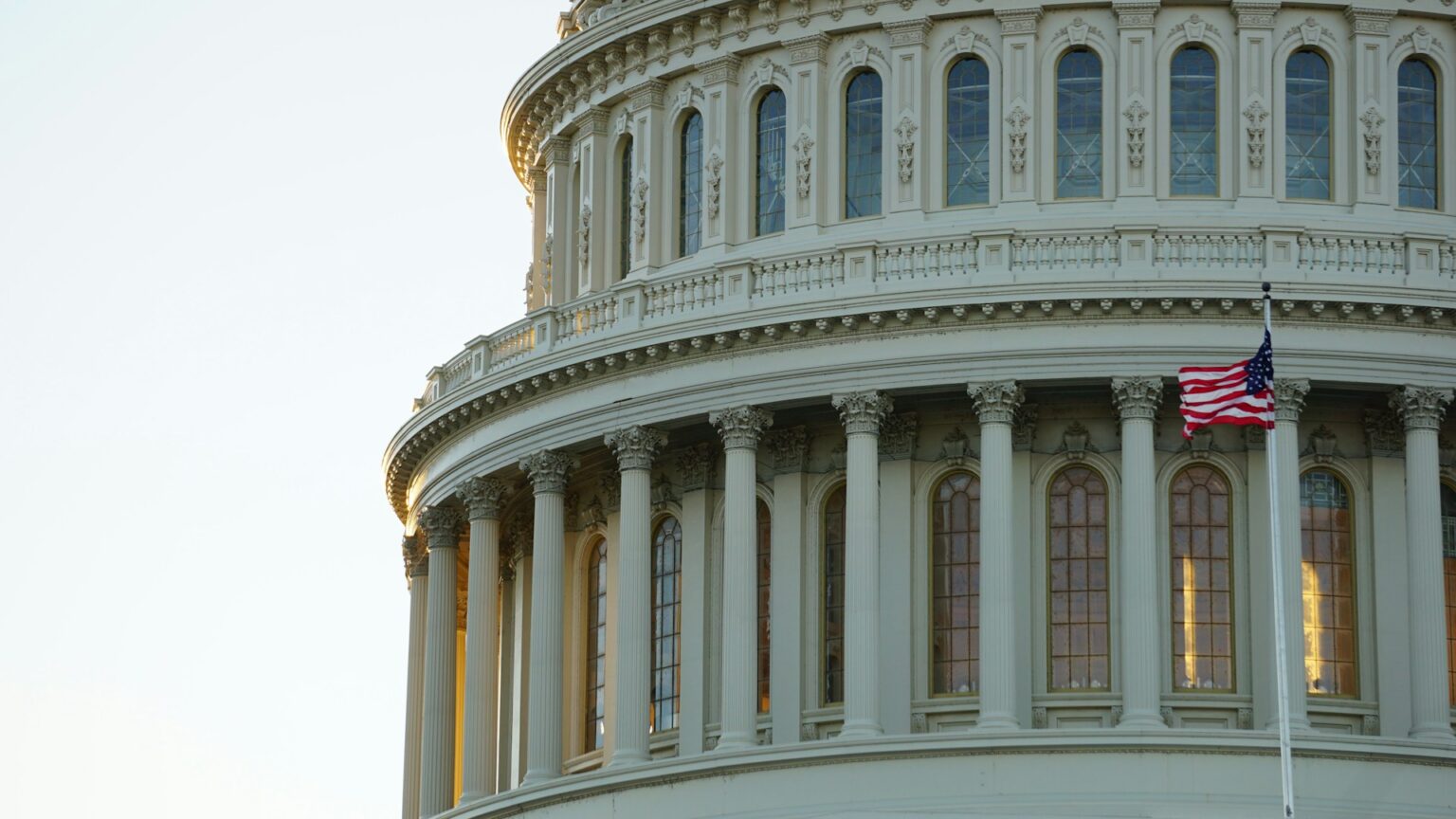In the rapidly evolving world of digital finance, legislation plays a pivotal role in shaping the future of cryptocurrency markets. As the United States delves deeper into digital asset regulations, the upcoming introduction of a comprehensive market structure bill in the Senate is eagerly anticipated. This proposed legislation could significantly impact the landscape of digital assets, potentially introducing new complexities while aiming to provide clearer guidelines for market participants. The following examination delves into the intricacies of these legislative efforts and their implications for the crypto industry.
Senate Prepares to Introduce Crypto Market Structure Legislation
The Senate Banking Committee is poised to discuss pivotal crypto market reforms as it plans a subcommittee hearing titled “Exploring Bipartisan Legislative Frameworks for Digital Asset Market Structure.” Scheduled for Tuesday, June 24, this session will be spearheaded by Senator Cynthia Lummis. Journalist and podcast host Eleanor Terret has indicated that lawmakers are diligently crafting principles for the Senate’s variant of the crypto market structure bill, which will be a focal point during the hearing.
Republican Senator Tim Scott has expressed intentions to conduct a full committee hearing in the following month, contingent upon the release of a discussion draft. This development arises amid uncertainties about the House of Representatives’ version of the crypto market structure legislation. According to a report from Unchained, the aspiration to pass the market structure bill by President Trump before the August recess is fraught with challenges.
Senator Scott’s committee has disclosed that a markup session for the Digital Asset Market Clarity (CLARITY) Act of 2025 is deferred until fall, even though a hearing on the legislation is planned for July. This follows the bill’s successful passage through the House Financial Services and House Agriculture Committees with bipartisan backing, positioning it for a full House vote.
Nevertheless, legislative negotiations are stalling, particularly concerning language addressing potential conflicts of interest involving the President, Vice President, and Congress members, an issue that has reportedly elicited objections from the White House. The introduction of the Senate’s version of this bill could further convolute the process, as it adds another legislative text into an already complex mix moving through multiple Congressional committees.
Potential Hurdles for Stablecoin Legislation
In parallel, the Senate has advanced the Guiding and Establishing National Innovation for US Stablecoins (GENIUS) Act with a 68-30 vote. While the bill now proceeds to the House, it is expected to face challenges. Introduced by Senator Bill Hagerty, the GENIUS Act sets out to establish a regulatory framework for stablecoins under Federal Reserve oversight, promoting a secure yet innovative environment.
According to Terret, reconciling this bill with the House’s version, the STABLE Act, is among its challenges. There is also pressure from some House leaders to merge the stablecoin framework with the CLARITY Act, potentially increasing both bills’ chances of clearing Congress before the August deadline. A House lawmaker, in off-the-record comments to Terret, underscored the urgency of passing both bills together to avoid hindering broader crypto legislation. Despite differing views, optimism persists among lawmakers about the potential for both bills to pass in the coming months.
FAQs
What is the purpose of the upcoming crypto market structure bill?
The bill aims to establish a comprehensive framework for regulating digital assets, providing clarity and guidelines for market participants and helping to mitigate potential risks associated with cryptocurrency trading.
How does the GENIUS Act aim to regulate stablecoins?
The GENIUS Act proposes a regulatory framework under Federal Reserve oversight to ensure stablecoins operate within a “safe and pro-growth” environment, fostering innovation while maintaining stability in the financial system.
What are the challenges facing the passage of these bills?
The primary challenges include aligning the Senate and House versions, addressing bipartisan concerns, and ensuring both bills are processed collectively to maximize legislative efficiency and effectiveness.
Is the current legislative effort likely to impact cryptocurrency markets?
Yes, legislative outcomes can significantly influence market dynamics, shaping investor confidence, regulatory adherence, and the broader adoption of digital financial assets. Stakeholders should stay informed about these developments.

